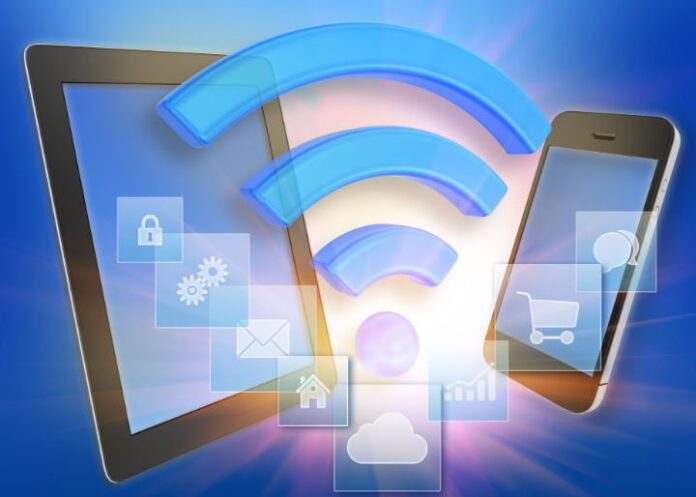Vertix Consulting looks at the challenges and opportunities surrounding Wi-Fi calling, including LTE-U, LAA and LTE
Industry news reports surrounding the implementation of Wi-Fi calling are getting noisy, but many challenges still stand in the way of wide-scale adoption. Many challenges are technical in nature (e.g., deficiencies with end-user devices) and some are inherent to the technology and therefore unavoidable. No matter the type of provider – wireless carrier, mobile service operator or new entrants – Wi-Fi calling presents different slivers of opportunity, but not without headaches, and certainly not with a clear future.
General Wi-Fi challenges
Many of the Wi-Fi implementation hurdles reside with end-user technology. In most cases, devices must be manually configured to effectively connect to a public Wi-Fi network. If a service requires users to pass through an authentication page (flashback to time spent in airports or coffee shops), all too often an end-user ends up linked to a network that goes absolutely nowhere. Device controllers still aren’t smart enough to prevent automatic transfers to impeded networks, rendering the user disconnected. Also, while Hotspot 2.0 technology enables seamless access, authentication and handoffs, its deployment is still very limited and there is a long way to go before users can experience cellular-like service.
Interference is another major obstacle inhibiting wide-scale Wi-Fi calling adoption. In urban and public areas where a plethora of networks are all riding the same unlicensed spectrum, connecting to a particular network may not be an issue, but the quality of service will be. Users often experience challenges with even the most basic online activities (e.g., Web browsing, email) in densely populated areas where the spectrum is bogged down. Access contention becomes a problem in such scenarios, making Wi-Fi calling a nonstarter.
The suburbs, on the other hand, present a much friendlier scenario for Wi-Fi calling. Consider how convenient this may be for wireless carriers: instead of having to deploy expensive LTE cell sites to cover homes in low density areas, they could ride on its customers own residential service (and backhaul!). The challenge, however, is not being able to control quality of service, one thing that has consistently been an area of concern for wireless carriers.
Major Wi-Fi calling players
For some customers, the declining price of wireless data is making wireless broadband a compelling alternative to their in-home wired connection. Further, and most importantly, major wireless carriers are making aggressive moves into the content delivery space, an area until now dominated by MSOs. Comcast’s recent execution of its mobile virtual network operator agreement with Verizon Communications (and not to mention its voiced intention to participate in the Federal Communications Commission broadcast incentive auction) is particularly interesting. Whether the company is setting the stage for implementing its own regional wireless service is yet to be seen.
Over the coming years, MSOs could offset the wireless broadband threat by improving their wireless services offering, and that would require a robust voice service offering. It would only make sense for MSO’s to leverage their extensive Wi-Fi service deployments. Wi-Fi calling would be a no-brainer for these players, but by no means a solution in itself. Reliance on a broader LTE footprint would be a necessity, and with that the complexities of managing a hybrid solution will present significant challenges.
Carriers, on the other hand, initially pursued Wi-Fi as way to offload data traffic off their radio access networks. Now, as they continue to explore ways to monetize the Wi-Fi networks they’ve deployed, new value-added services emerge. Wi-Fi calling is now a service they offer, but only as a complementary solution to address LTE coverage gaps, or as a tool for customer retention/acquisition (e.g., AT&T’s free international Wi-Fi calling when roaming outside of the U.S.). These players clearly favor an LTE-Unlicensed/license assisted access solution and they will continue to push for it. Some of the carriers have likely implemented services purely for marketing reasons. Apple and other device manufacturers have included capabilities in their devices and the carriers, always trying to keep up with one another, have almost been forced to say that they support such features; even if they don’t see a strong use case for doing so.
The future of Wi-Fi calling
Carriers, MSOs and others will continue to pursue Wi-Fi calling as a supplement to their existing offerings. Customers, as usual, won’t care about the underlying technology being used; they will care about ease of use, quality of service, and perhaps most importantly, cost.
Despite expected advances in technology, performance, and ease of use, we believe the emergence of LTE-U/LAA will provide MNOs the ability to leverage unlicensed spectrum in a more reliable, controlled and integrated manner. This may be the catalyst for MNOs to finally stop investing in and marketing voice-over-Wi-Fi solutions. MSOs may continue to explore cellular/Wi-Fi hybrid service solutions, but Wi-Fi calling will remain a constrained alternative, one that will be threatened by LTE-U/LAA.
Editor’s Note: The RCR Wireless News Reality Check section is where C-level executives and advisory firms from across the mobile industry share unique insights and experiences.

